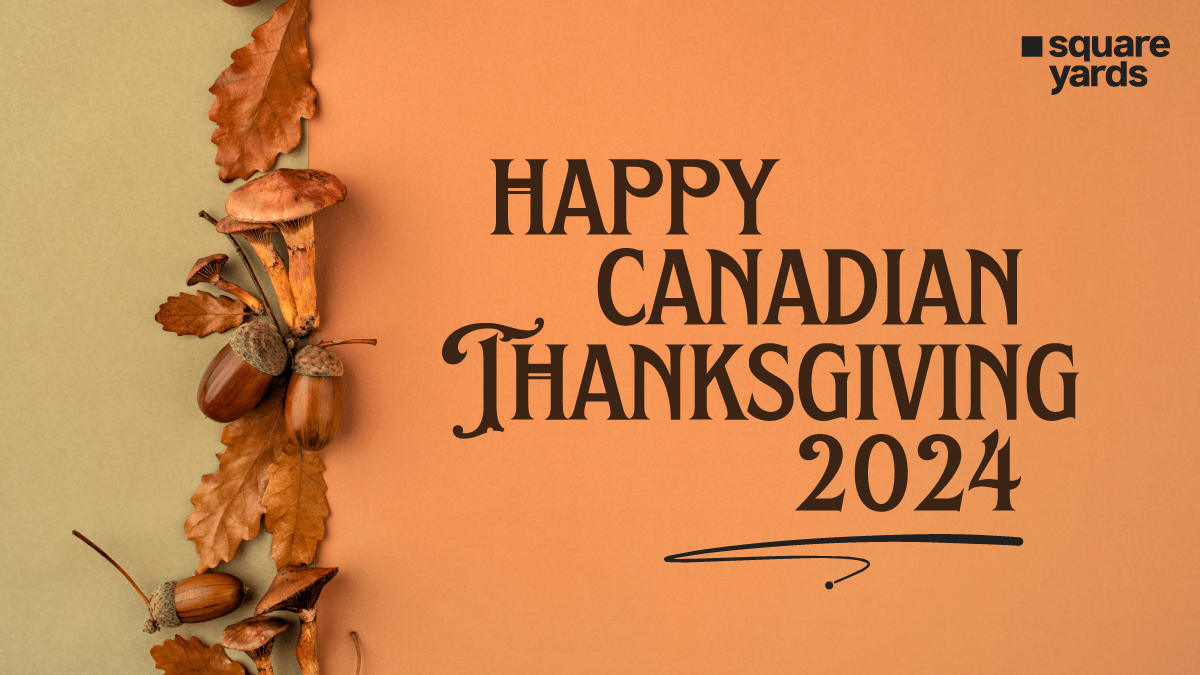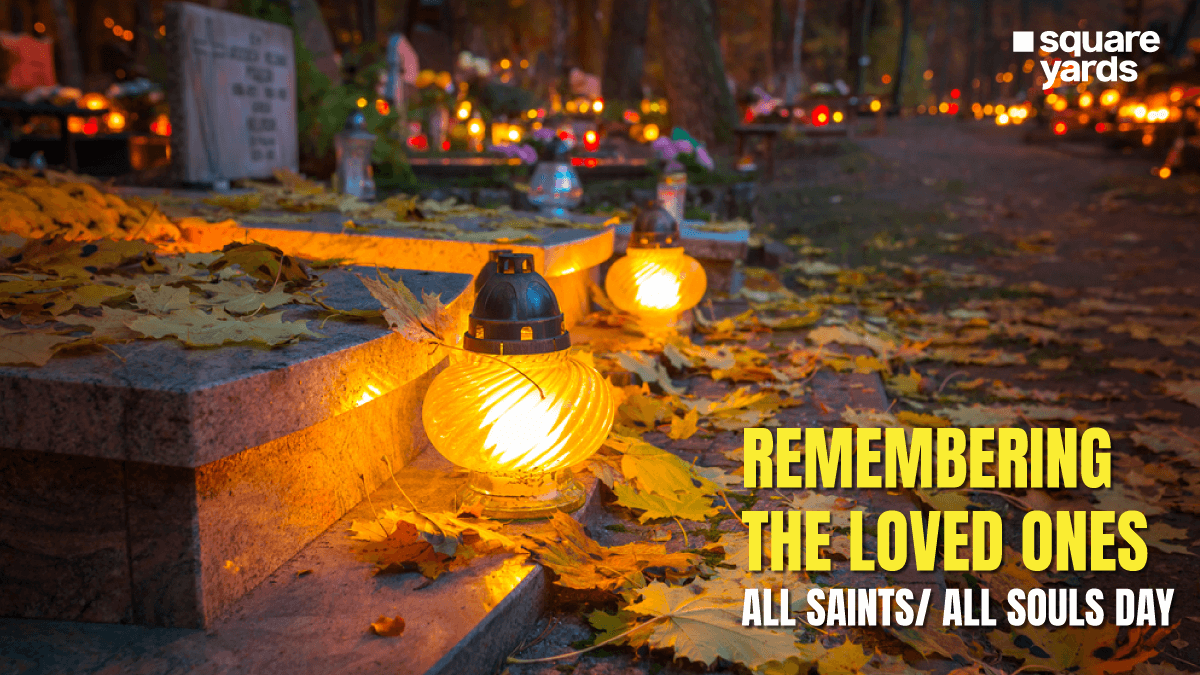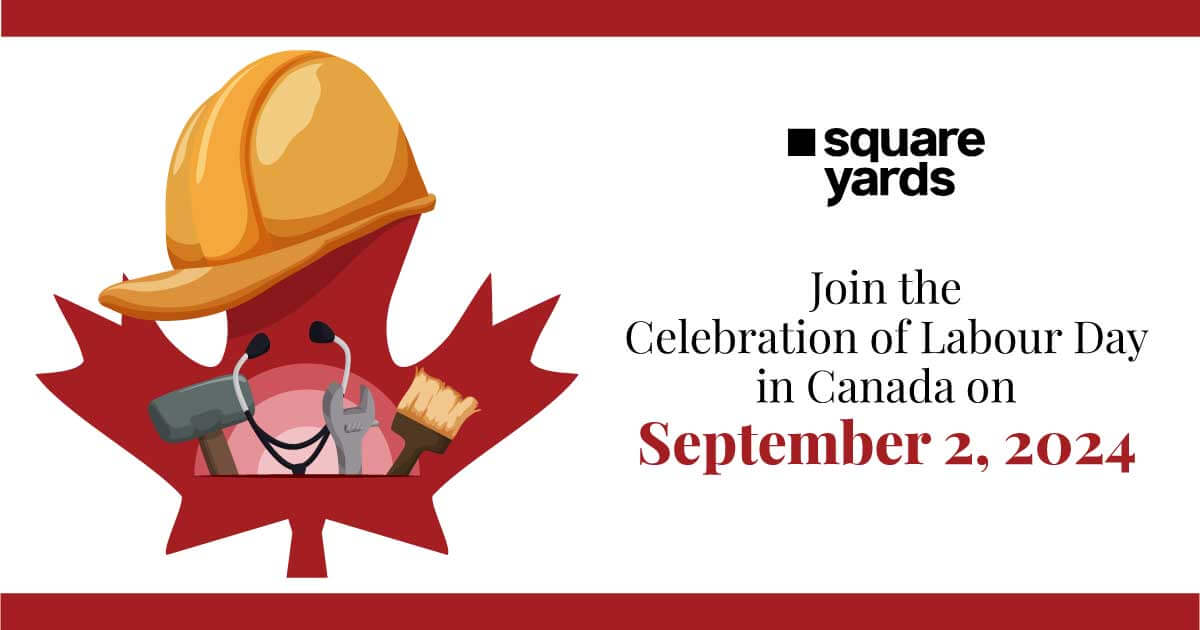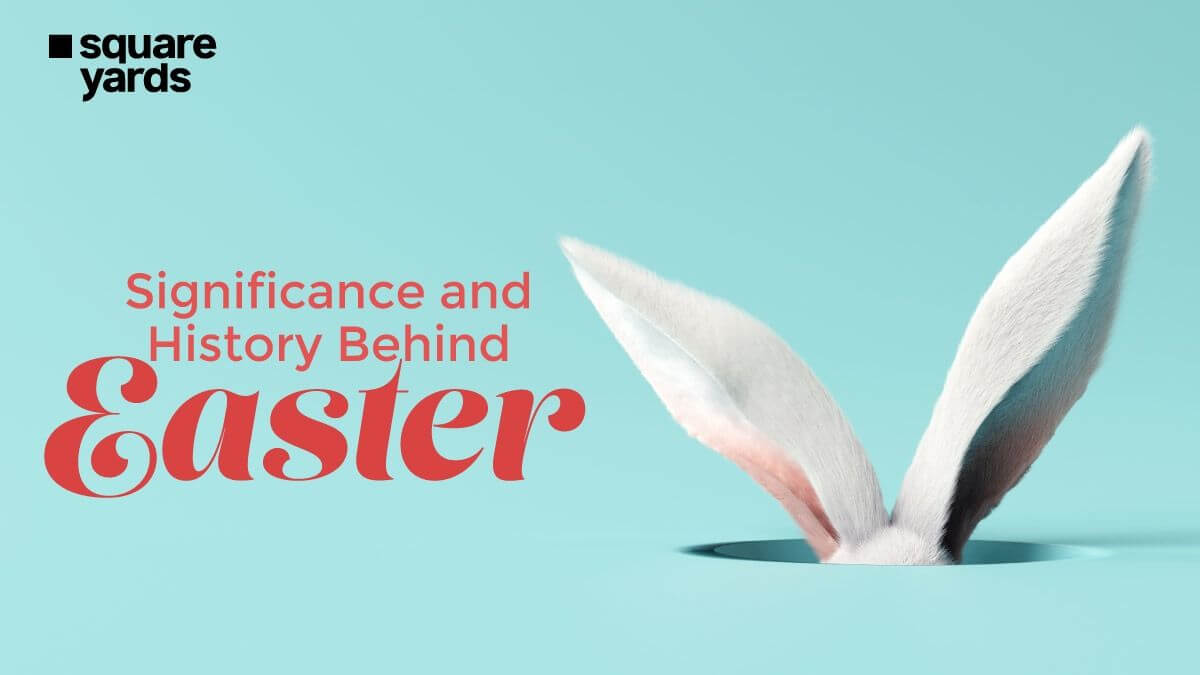The Lunar New Year, Spring Festival or Chinese New Year is widely observed in nations like Canada. According to the Chinese calendar, it is the first day of the New Year. The Lunar New Year marks the start of a lunar calendar, also known as a lunisolar calendar, whose months correspond to moon cycles. Numerous cultures celebrate the occasion in unique ways and on varied dates. Scroll below to learn more about the Lunar New Year calendar and celebration.
History of the Lunar New Year in Canada

On the first new moon of a country’s calendar, millions of people throughout the world celebrate the Lunar New Year. Although the term ‘Lunar New Year’ is frequently used in English, it refers to celebrations based on both a lunar calendar and a lunisolar calendar. The Islamic New Year, commonly known as the Hijri New Year, occurs between October and December and is based solely on the lunar calendar. In East and Central Asia, a lunisolar calendar is used to time non-Muslim Lunar New Year celebrations, such as Chinese New Year.
A few Lunar New Year celebrations, such as those of Vietnam and Korea, fall on the same day as those of China in late January or February because of their ancestry in ancient China and their foundation in the Chinese calendar or a deviation from it. Therefore, the duration of the holiday and the customary celebrations slightly differ. Other cultures, like those of Burmese, Lao, Sri Lankan, Cambodian, and Thai people, celebrate the Lunisolar New Year in the middle of April.
Apart from this, in the USA, the Lunar New Year firmly belongs to Chinese Americans, usually known as a ‘Chinese New Year’ among people belonging to non-Chinese backgrounds. In some nations, the Chinese New Year is the official name of the celebration, and it is celebrated in Malaysia, Brunei, and Singapore. The festival is known as the ‘Spring Festival’ in China. The Lunar New Year was founded in 1911 in the Republic of China. The Nisga’a people of Canada also celebrate it. Different cultures use different methods to determine the first day of a new lunar year.
What is the Meaning of the Chinese Zodiac?
The Chinese Zodiac is a captivating system in which each year is represented by one of twelve animals. These animals include the rat, Ox, Tiger, Rabbit, Dragon, Snake, Horse, Goat, Monkey, Rooster, Dog, and Pig.
Each animal has a symbolic significance rooted in Chinese culture and beliefs:
Rat
Symbolism: Smartness, adaptability, cleverness.
Significance: Rats are recognised for their intelligence and survival skills, reflecting their ability to flourish in diverse conditions. In Chinese culture, they are also regarded as symbols of wealth and prosperity.
Ox
Symbolism: Labor, commitment, dependability.
Significance: Oxen are respected for their strength and endurance, highlighting the need for perseverance and hard work. They are frequently connected to agricultural success and reliability.
Tiger
Symbolism: Courage, bravery, leadership.
Significance: Tigers are regarded as fierce and grand animals, embodying strength and courage. They are frequently associated with protection and repelling negative spirits.
Rabbit
Symbolism: Serenity, kindness, lifespan.
Significance: Rabbits symbolise serenity and gentleness. They are also connected to long life and fertility, highlighting their reproductive strength.
Dragon
Symbolism: Authority, prosperity, insight.
Meaning: They stand for authority, prosperity, and insight. They are frequently connected to emperors and their rule.
Snake
Symbolism: Insight, secrecy, evolution.
Meaning: Snakes are connected to insight and gut feelings. They symbolize evolution and rebirth, shedding their skin to become something new.
Horse
Symbolism: Independence, vigour, and spirit.
Meaning: They are frequently associated with rapidity, skill, and victory.
Goat
Symbolism: Kindness, creativity, gentleness.
Significance: They are commonly related to artistic expression and a peaceful personality.
Monkey
Symbolism: Cleverness, nimbleness, exploration.
Importance: They represent playfulness, mischief, and a passion for knowledge.
Dog
Symbolism: Loyalty, friendship, protection.
Role: They represent companionship and help guard against bad influences.
Pig
Symbolism: Pigs are seen as symbols of wealth and abundance, bringing good luck.
Role: They often represent a life filled with prosperity and joy.
Rooster
Symbolism: Being on time, hard work, and bravery.
Role: In Chinese culture, roosters represent the dawn and fresh starts.
There is a belief that the animal you are born under can impact your personality and luck. When someone brings up the Chinese Zodiac, they typically want to find out what their birth animal signifies.
Let’s learn more about it by using the lunar new year 2025 as an example of what people do on this auspicious day.
How Do People Spend Their Time?

Many Canadians celebrate the Lunar New Year colourfully and joyously. This celebration, which can last several days, frequently includes events like street parades and festivals with traditional Lunar costumes, food stalls, dancing, fireworks displays, and arts and crafts booths.
Many Chinese families in Canada like exchanging gifts, especially the red envelopes carrying money (Hong Bao, Ang Pao, or Lai See) that are typically given to young children. Some Canadian groups have also celebrated the Lunar New Year by hosting various events. For instance, Canada Post has recently released special stamps to celebrate the Lunar New Year. In the past, the Royal Canadian Mint has also released a new series of coins to celebrate the Lunar New Year.
Traditions of the Lunar New Year 2025
In Canada, the Lunar New Year is not a national holiday. Some Chinese enterprises may change their regular business hours or close on that day to participate in the Chinese New Year celebrations. There may be a lot of traffic in towns or cities where Lunar New Year events are conducted, and a few streets may be closed.
-
Historical Overview
The history of the Chinese community in Canada dates back to the 19th century. Chinese people migrated to Canada for various reasons, including job possibilities and growth-related prospects. Cities and larger towns across Canada started to create their own Chinatown districts in the 1890s. Before World War II, more than 60% of Chinese Canadians lived in British Columbia, according to resources like the Library and Archives Canada. However, for many years following the lifting of the Chinese immigration prohibition in 1947, the province only took in one-third of incoming Chinese immigrants. As a result, Chinese families began to settle all over Canada. Today, Canada is viewed as a multicultural nation where annual celebrations of holidays like the Lunar New Year take place.
-
Signs and Symbols
The Lunar New Year contains a variety of traditions and symbols. For instance, flowers play a significant role in New Year’s decorations. Many homes and workplaces include writings that make good-luck references. They are often painted with a brush on a piece of red paper cut into a diamond shape. Tangerines and oranges are frequently displayed in houses and shops as symbols of fortune and riches. A common hue for money envelopes (Hong Bao, Ang Pao, or Lai See) is red, which denotes joy, fortune, success, and happiness. The majority of the time, youngsters receive these envelopes as gifts. One of the 12 animals in the Chinese zodiac has an animal name linked with each Lunar New Year.
Different Countries Celebrate the Lunar New Year
|
Year |
Date |
Weekday |
Holiday type |
Festival name |
|
2019 |
February 5 |
Tuesday |
Observance |
Lunar New Year |
|
2020 |
January 25 |
Saturday |
Observance |
Lunar New Year |
|
2021 |
February 12 |
Friday |
Observance |
Lunar New Year |
|
2022 |
February 1 |
Tuesday |
Observance |
Lunar New Year |
|
2023 |
January 22 |
Sunday |
Observance |
Lunar New Year |
|
2024 |
February 10 |
Saturday |
Observance |
Lunar New Year |
|
2025 |
January 29 |
Wednesday |
Observance |
Lunar New Year |
|
2026 |
February 17 |
Tuesday |
Observance |
Lunar New Year |
|
2027 |
February 6 |
Saturday |
Observance |
Lunar New Year |
|
2028 |
January 26 |
Wednesday |
Observance |
Lunar New Year |
Where is the 2025 Lunar New Year Being Celebrated in Canada?
Here is a spot in the country where you can find festive joy this New Year.
-
Wilfred-Pelletier, Quebec
The Chinese New Year Gala will mark the 20th anniversary of the Phoenix New Year Gala. The theme for this celebration is: “As the Phoenix sings and the sun rises, the birds will return home.” This message reflects unity, hope, and fresh starts. The phoenix is a symbol of luck and rebirth for all Chinese people.
The Chinese New Year’s Gala will feature over a hundred artists performing together. This event is a visual delight and an international showcase. It would highlight the integration of Eastern and Western cultures. Classical Western ballet and traditional Chinese dance will be performed alongside folk dancing, martial arts, singing, acrobatics, and traditional folk music. This series of carefully choreographed dance performances will lead the audience into a world of magic and enthusiasm. Those who attend will gain a deeper appreciation for Chinese dance and its long-standing cultural traditions.
The performance with the title “Ast the Phoenix sings, and the sun rises, the bird will return home” is delightful and a journey into spirituality and cultural experience.
Day and date of the celebration: Saturday, 1st of February, 2025
Timing: Starts from 7:30 pm
Pricing of the tickets: $48.00 to $158.00
In a Nutshell
Lunar New Year is not nation-specific, nor is it date-specific. The occasion is based on the moon cycle. Thus, it happens on different days in every other country and is celebrated differently according to that country’s culture. As it originated in ancient Chinese history, it is also called a Chinese New Year celebration by many people worldwide. You can get the deets of the festival from the above-detailed guide.
You May Also Read :
| Guide To New Years Eve in Canada | New Years Eve in Canada |
| Enjoy The Party of New Year Eve in Toronto | New Year Eve in Toronto |
| Zone of New Year Eve Party | New Year Eve Party |
Frequently Asked Question (FAQs)
In Canada, the Lunar New Year is not a national holiday.
Because the lunar new year is celebrated according to the lunar cycle, the dates of the celebration and holidays can fall anywhere between late January and early February, i.e., between January 21 and February 20.
The Lunar New Year is celebrated not only in China but also in a number of other Asian nations and territories, such as South Korea and Singapore, and also in Vietnam.
The lunar calendar determines the new year, which is a 15-day celebration. Is Lunar New Year a public holiday in Canada?
Does the Lunar New Year always fall in the month of January?
Is the Lunar New Year only for Chinese?
How long is the Lunar New Year?











